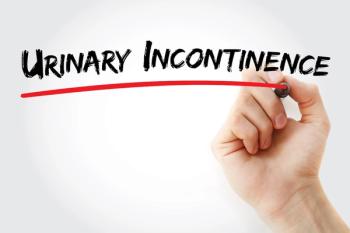
CMS Data Shows That Elderly Health Spending Slowed Between 2002-2010
The Centers for Medicare & Medicaid Services (CMS) reported that between 2002 and 2010, elderly healthcare spending grew at the slowest rate among all age groups, which, according to CMS, can be attributed to the recession.
The Centers for Medicare & Medicaid Services (CMS) reported that between 2002 and 2010, elderly healthcare spending grew at the slowest rate among all age groups, which, according to CMS, can be attributed to the recession. This information comes from a subset of the National Health Expenditure (NHE) data report, which measures healthcare spending in the United States. It gathers and determines annual spending by gender and major age groups.
During this 8-year period, the average spending per individual for those 65 years and older rose only 4.1%. CMS officials determined that spending for nursing homes, continuing care programs for the elderly, and Medicare managed care payments also slowed. They said that lower overall spending among the elderly likely contributed to the deceleration.
The data set presented additional findings that documented the impact of Medicare’s 2006 prescription drug coverage expansion. Medicare spending on drugs increased from $3.4 billion in 2004 (5% of overall spending) to $39.6 billion in 2006. By 2010, 54% of drug spending was allocated to Medicare beneficiaries. As well, the gap in prescription spending between men and women narrowed from 38% to 25%, suggesting that men may be more likely to fill their prescriptions
.
An official CMS
- Spending for children on a per capita basis grew more rapidly between 2002 and 2010 than it did for the other groups; however, aggregate spending for children grew at the slowest rate—5.7%—as their share of the US population declined.
- Despite the lower rate of growth among the elderly, per capita spending by the elderly in 2010 ($18,424) continued to be about 3 times greater than the average for working adults ($6125) and 5 times more than that for children ($3628).
Around the Web
Elderly Healthcare Spending Grew at Slowest Rate Among All Age Groups Between 2002-2010
Per Capita Health Spending for Elderly Grows at Lowest Rate among all Age Groups from 2002-2010
Newsletter
Stay ahead of policy, cost, and value—subscribe to AJMC for expert insights at the intersection of clinical care and health economics.





























































